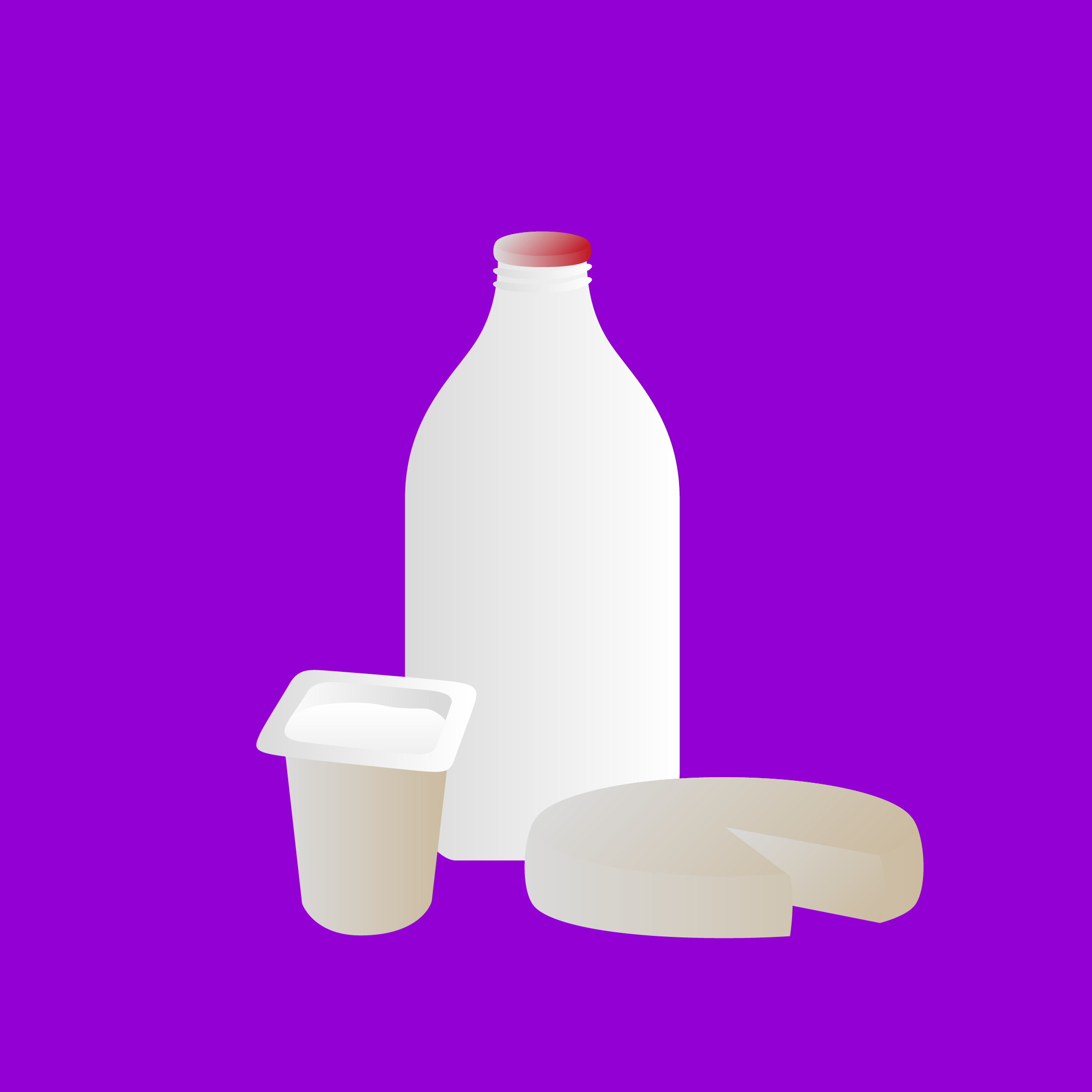Why
Second to beef meat, cattle milk is amongst the highest two emitters of GHGs in livestock commodities, accounting for 1.6 gigatonnes Co2e per annum.
Producing 1 glass of dairy milk creates ∼ three times more GHG emissions, uses nine times more land, and UP to twenty times more freshwater than any plant-based alternatives. (Our World In Data, 2022)
By 2050, dairy production is set to double, and that’s not including water consumption, land use, and the impact of dairy cattle grazing on natural systems. (FAO)
Runoff from dairy farms is a major source of river and water pollution.
How
Introduce ‘dairy free’ days into your week.
Shop for dairy-free alternatives including plant-based milks (preferably oat - almond and some soy have serious negative environmental consequences), cheeses, yogurts, and ice-creams.
Read product ingredient lists carefully for hidden dairy additives that lurk under the names of whey, casein protein, or lactate solids (to name a few).
Find and shop in the ‘Free-From’ or ‘Dairy Free’ section of your supermarket.
Choose dairy-free restaurants or ask restaurant waiters for a dairy-free meal option.
Eat dairy-free food rich in calcium including white beans, greens, chia seeds, or sesame seeds.
Recommendations
Uk plant-based dairy brands
Read about the Environmental Footprints of Dairy and Plant-Based Milks
Did you know?
Between 2005 - 2015, the dairy sector’s emissions increased by 18% due to the overall growth of milk production. (Food and Agriculture Organisation of the United Nations, 2019)
The largest dairy companies in the world have the same combined GHG emissions as the UK, the sixth largest economy in the world. (Institute for Agriculture & Trade Policy, 2020)
Spread the word
In order to keep warming below 1.5C we need to halve emissions by
2030. Share this action and help play a part in reversing climate change.


